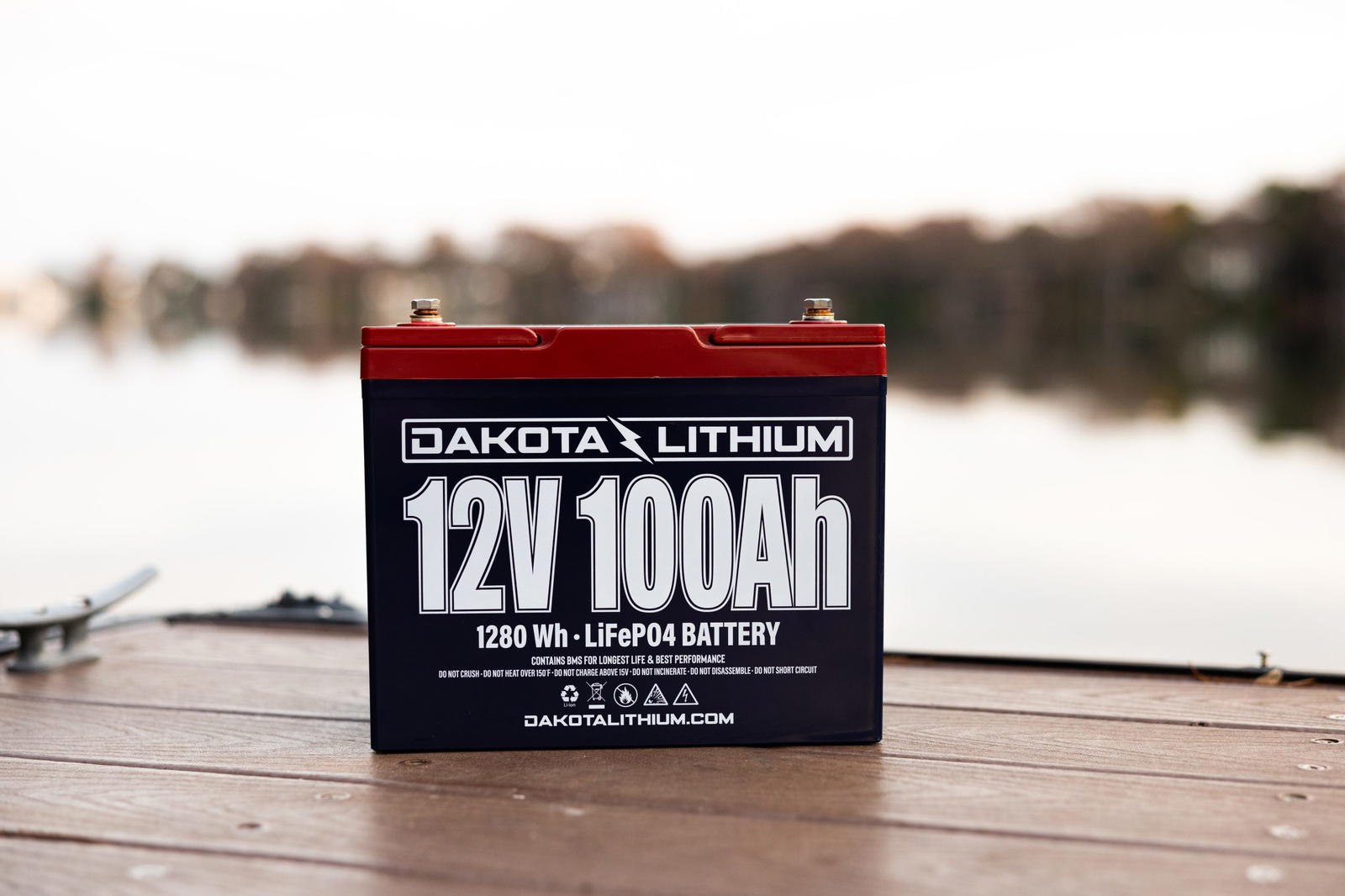It's not that lithium can't be used for high current. It most certainly can.
The problem is managing them thermally. They need to be kept from going into high temperature runaway and melting down. So you need to find cells for continuous (not just surge) high current and a BMS that will be compatible.
It exists. It's not cheap and going lithium at all still carries a cost premium.
For example look at what one brand, Dakota, offers.
Shop Dakota Lithium 12V batteries for RVs, boats, solar & more. Lightweight, powerful, & built to last. Perfect for all your off-grid needs. Order now!
dakotalithium.com
They have a 60 A-hr starting capable battery for $600 and a deep cycle only 54 A-hr for $399. The deep cycle on can do 60A sustained, 100A peak for 10 seconds. The starting one 100A continuous, 750A for 2 second or 650A for 5 seconds. The cells may actually be the same or similar but the BMS to control one is larger and more complex, which is probably the majority of the cost.
So you can see even a "dual" use still won't safely run a winch. You'll be somewhere between those two ends, perhaps 150A to 300A for 10 seconds or 60 seconds. It's hard to really characterize exactly what a winch load might be other than to say you have an unloaded spooling drawe (say around 75A, give or take) up to a locked rotor draw (generally about 350 to 500 amps depending on size) that could range pretty widely in duration.
So what you might use for ideas is look at what off grid users do to build lithium banks for running inverters. They usually manage thermal by first using a higher voltage to keep current down to meet a power need. If you need to feed 4800 watts (400A draw in a 12V winch) going to a 48V bus automatically drops your current compared to 12V by a factor of 4. At 48V that 4.8kW load will be reduced to 100A, a much more manageable current.
They're putting 16 cells in series to do this. We could do something similar by putting 4 strings of 4 cells in parallel. It's still 16 cells but you could keep the individual cell currents reasonable, but the cost of cells and BMS has gone up.
Balancing becomes a headache, too. The BMS will do it's best but the typical way BMSes work is to assume topped cells to start and have very small (a few milliwatts) bleed resistors to keep them balanced. This works fine in a 4S arrangement just fine but in a 4P4S that you rapidly charge and discharge the cells need active balancing and probably periodic maintenance to prevent losing capacity fast.
At this point with 12V winches the option to use lithium is likely to be tough practically and for a reasonable price.

